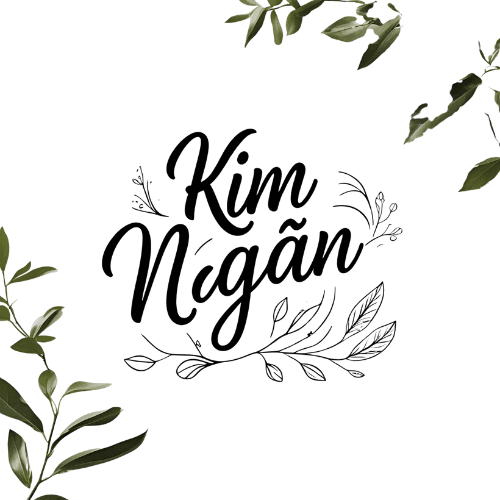Busan – Where Ocean Meets Morning Markets
Busan – Where Ocean Meets Morning Markets
Experience Busan’s gentle coastal rhythm, from quiet sunrises at Haeundae Beach to the vibrant colors and flavors of Jagalchi Fish Market.
Dawn by the Sea
Busan wakes slowly, but always with the sea in its breath.
The morning air carried the crisp scent of salt, laced with a faint sweetness from the seaweed drying somewhere along the shore. My husband and I walked barefoot along the edge of Haeundae Beach, where soft waves brushed the sand in a rhythm older than the city itself.
The sand was cool and slightly damp underfoot, dotted with tiny shells and smooth pebbles. Fishing boats floated on the horizon, their silhouettes framed by a pale pink sky slowly deepening into gold. Above us, seagulls called out sharply, their cries mixing with the hush of the tide. Somewhere behind, a street vendor rattled metal pots, the promise of hot fishcake soup drifting on the breeze.

Jagalchi – Where the Ocean Arrives
From the beach, we followed the salty air to Jagalchi Fish Market, the beating heart of Busan’s seafood scene. The shift was instant—the quiet murmur of the waves replaced by the lively calls of vendors, the metallic clink of knives, and the hiss of seafood hitting hot pans.
Inside, stalls overflowed with the sea’s bounty: silver mackerel laid neatly in rows, tanks bubbling with crabs and abalone, and octopus curling lazily in shallow water. A woman in a pink apron waved at me, lifting a tray of scallops so fresh they still glistened. Her voice was warm, carrying the kind of familiarity that only comes from years of morning greetings.
We settled at a tiny eatery tucked between stalls. The ajumma behind the counter placed steaming bowls of haemul jjigae (seafood stew) before us, the broth rich with chili, garlic, and the deep essence of the sea. The steam clouded my glasses, and I laughed as my husband passed me a tissue. Each spoonful was comfort—heat, spice, and the quiet pride of a city that lives by the tide.
It felt like the taste of the sea would stay with me all day, following me from the market’s bustle to the quiet streets beyond.

A City Between Tides
Busan is a city that always leans toward the water. Streets slope toward the harbor, and even from crowded alleys, you catch sudden flashes of blue between the buildings.
Late that morning, we wandered into a side street near the market. Laundry swayed overhead, the scent of drying fish mingling with the sweet tang of tangerines stacked in crates. A cat dozed in the doorway of a closed shop, its fur stretched in the sun. When I paused to take a photo, the shopkeeper came out, holding a warm roasted chestnut in his palm. He offered it with a smile, and I realized these small gestures are the true souvenirs of a slow morning in Busan.

Tips for a Slow Travel Day in Busan
Best time to visit: Spring (April–May) and autumn (September–October) for mild weather.
Getting around: Use Busan Metro and walk; markets and coastal areas are best explored on foot.
Don’t miss: Sunrise at Haeundae Beach, breakfast at Jagalchi Fish Market, and an afternoon stroll through Gamcheon Culture Village.
Busan is more than a port city—it’s where the ocean greets you with salt-kissed mornings, follows you through market aisles alive with color, and lingers in your memory long after the tide has gone out.
For more stories:
Slow Travel in Jeonju – Mornings Wrapped in Hanok Stillness
Seoul – Where Tradition Meets the Rush of the Modern
Author Bio – Korea Travel
I’m Kim Ngân, a storyteller from the Mekong Delta, now living in Ho Chi Minh City. My journeys in Korea are slow and intentional, seeking moments where the old and new breathe together—by the sea, in the markets, and in the quiet streets between.
